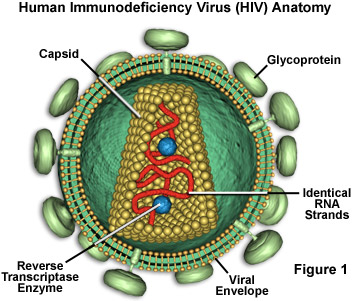The New York Times recently published an article about how scientists can now sequence an entire genome overnight and how they think this is the secret key they have been looking for in solving the COVID-19 pandemic. The scientists that have been conducting this research think that this will be very useful when tracking and identifying different strands of the coronavirus. Early in January, a scientist in Australia named Edward Holmes reached out to a scientist in China named Yong-Zhen Zhang. On the phone, they were talking about how Yong-Zhen Zhang has sequenced a genome of corona that was affecting the people in Wuhan.
Since Yong-Zhen Zhang was able to isolate the genetic makeup of this strand and published it around the world many doctors were able to get their hands on it to help come up with the perfect pharmaceutical mixture to help cure the strain. They did not view the genetic sequence as an illness; they looked at it as a computer code. Something that had to be played around with and changed up to help unlock it to make people healthy again. Throughout this article written in The New York Times by Jon Gertner, he goes into even more depth about how genetically isolating things is going to be a huge step forward in the medical field.
Article : Unlocking the Covid Code
How Genetic Sequencing is Like Computer Problems: Computer Science behind DNA Sequencing








